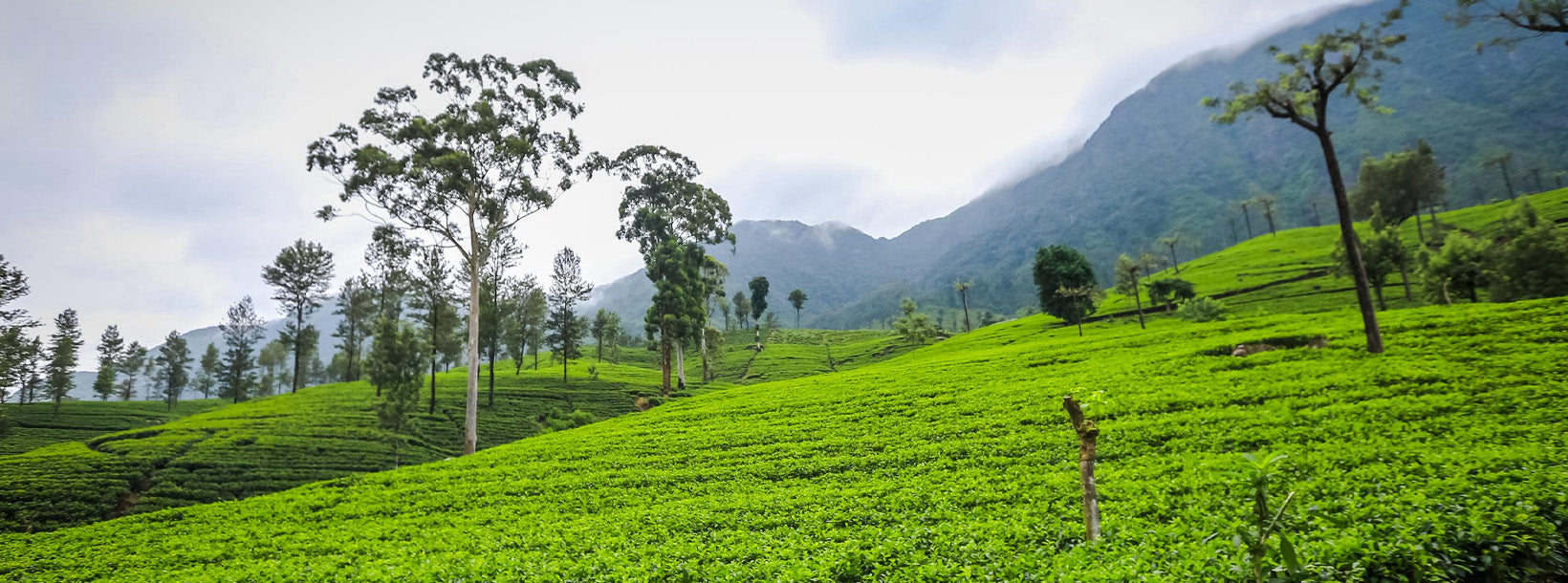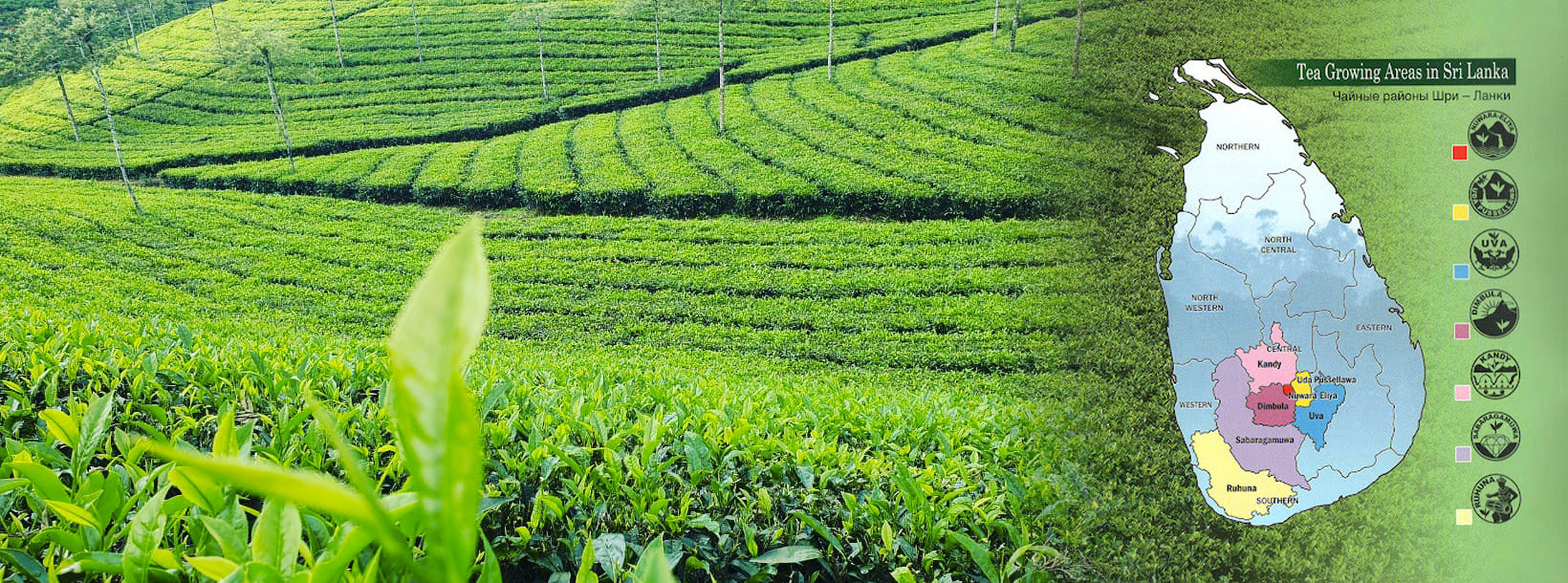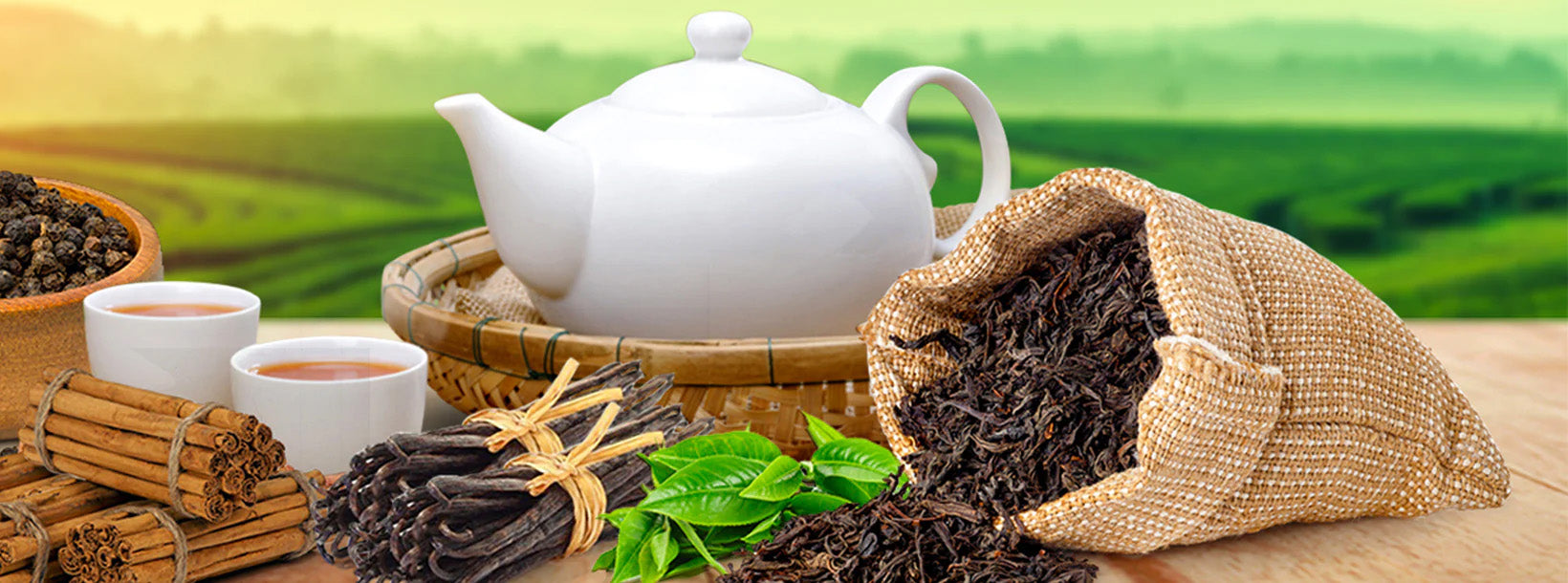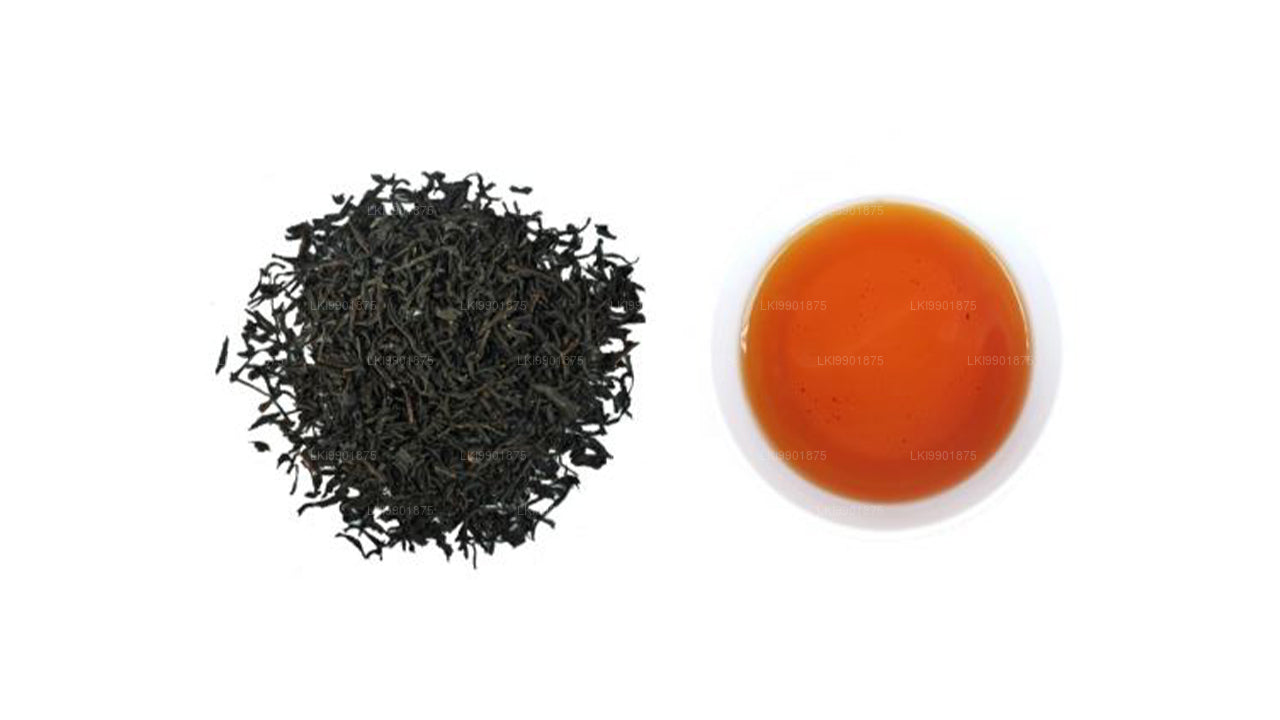
Theeplantages
De theeplantages van Sri Lanka, voornamelijk gelegen in de centrale hooglanden, staan bekend om de productie van enkele van 's werelds beste theesoorten. Deze weelderige plantages, zoals die in Kandy, Nuwara Eliya en Hatton, bieden schilderachtige landschappen en een rijke geschiedenis. De plantages leveren een aanzienlijke bijdrage aan de economie van het land en exporteren wereldwijd hoogwaardige Ceylon-thee.

Ceylon-theeregio's
Het brouwsel in je kopje heeft een verhaal te vertellen. Het vertelt over glooiende heuvels, overvloedige zonneschijn en weelderige provincies. In Sri Lanka worden de meeste theesoorten geproduceerd in de centrale en zuidelijke provincies. Verschillende hoogtes en microklimaten beïnvloeden de karakteristieke smaak, kleur, aroma en seizoensgebondenheid van Ceylonthee.

Ceylon zwarte thee kwaliteiten
Ceylonthee zoals we die nu kennen, bestaat in verschillende variëteiten, elk met unieke smaken en aroma's. Naast de verschillende theesoorten zijn er ook verschillende klassen waarin Ceylonthee wordt onderverdeeld.
Halpewatte Tea Factory
Halpewatte Tea Factory, located in the picturesque hill town of Ella, Sri Lanka, is one of the most renowned tea factories in the region. It offers tourists a unique insight into the world of Ceylon tea production, a key part of the country’s cultural and economic identity. Visiting the factory is a must-do experience for those wanting to learn about Sri Lanka’s rich tea heritage.
Upon arriving at the factory, tourists are welcomed with a guided tour of the facility, where they can witness the tea-making process firsthand. The tour typically starts with an introduction to tea cultivation, explaining how the tea leaves are harvested from the lush, green plantations surrounding the factory. Visitors are shown the traditional methods of plucking tea leaves, often by hand, and are given an overview of how different varieties of tea, such as black, green, and white tea, are processed.
Inside the factory, tourists can observe the machinery and processes used to turn fresh tea leaves into high-quality Ceylon tea. The steps of withering, rolling, fermenting, drying, and grading are explained in detail, showcasing how each stage contributes to the flavor and quality of the final product. The factory produces a variety of teas, each with distinct flavors, textures, and aromas.
A highlight of the tour is the tea-tasting session, where visitors can sample some of the finest teas produced at the factory. This allows tourists to appreciate the nuances in flavor between different tea grades and learn how to identify the best teas. The panoramic views of the surrounding tea plantations and hill country from the factory's terrace also add to the experience.
In summary, a visit to Halpewatte Tea Factory offers tourists an educational and immersive journey into Sri Lanka's tea culture, making it a memorable stop for those exploring the Ella region.









